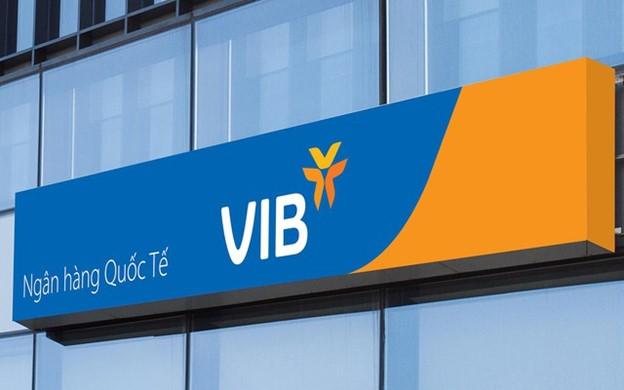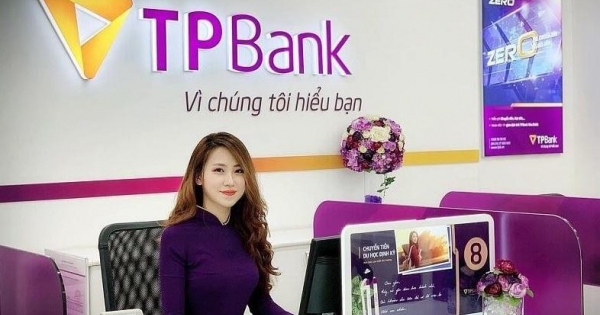Nhóm doanh nghiệp bất động sản phát hành trái phiếu

![]()
Doanh nghiệp bất động sản phát hành trái phiếu lãi suất hấp dẫn
Theo báo cáo mới nhất từ Hiệp hội Thị trường Trái phiếu Việt Nam (VBMA), trong quý II/2024, có 4 đợt phát hành trái phiếu ra công chúng trị giá 2.500 tỷ đồng, chiếm 2,7% tổng giá trị phát hành; và 84 đợt phát hành riêng lẻ trị giá 88.719 tỷ đồng, chiếm 97,3%. So với cùng kỳ năm ngoái, giá trị phát hành trái phiếu trong quý II tăng 138% lên 91.219 tỷ đồng.
Trái với quý I/2024, hoạt động phát hành trong quý II đã trở nên sôi động hơn nhiều với sự tăng vọt về phát hành của nhóm ngân hàng và bất động sản. Đáng chú ý, VBMA cho biết, so với quý I/2024, lãi suất phát hành cũng hạ nhiệt ở tất cả các nhóm ngành trừ nhóm bất động sản.
 |
Thời gian gần đây, nhiều doanh nghiệp bất động sản phát hành trái phiếu với lãi suất ở mức cao 12 – 12,5%/năm, gấp hơn 2 lần so với nhóm ngân hàng.
Mới đây nhất, Công ty TNHH Đảo Ngọc Xanh Kỳ Sơn đã phát hành thành công 1.200 tỷ đồng trái phiếu với lãi suất 12,5%/năm và kỳ hạn 5 năm.
Ngày 30/9 vừa qua, chủ dự án Khu đô thị mới Trung Minh B tại Hòa Bình – Công ty TNHH Aqua City Hòa Bình phát hành thành công lô trái phiếu trị giá 400 tỷ đồng thời hạn 5 năm với lãi suất 12%/năm.
Trước đó, nhiều doanh nghiệp bất động sản phát hành trái phiếu với lãi suất cao. Đơn cử, ngày 12/9, Công ty TNHH Đầu tư và phát triển bất động sản Phát Đạt (Công ty Phát Đạt) hoàn tất phát hành lô trái phiếu PDACB2425001 với giá trị 3.490 tỷ đồng, kỳ hạn 1 năm, lãi suất cố định 12%/năm.
Cùng ngày, Công ty TNHH Đầu tư và Phát triển Bất động sản Trường Lộc cũng phát hành thành công lô trái phiếu TLOCB2425001 có giá trị 1.910 tỷ đồng. Lô trái phiếu này có kỳ hạn một năm, đáo hạn vào ngày 12/9/2025, lãi suất cố định là 12%/năm.
Đầu tháng 8/2024, chủ đầu tư dự án Khu đô thị mới Tây Mỗ, Đại Mỗ – CTCP Đầu tư Xây dựng Thái Sơn đã huy động thành công gần 1.900 tỷ đồng trái phiếu, với lãi suất 12%/năm có kỳ hạn 2 năm.
Cuối tháng 6/2024, Tập đoàn Khải Hoàn Land phát hành thành công 250 tỷ đồng trái phiếu mã KHGH2429001, kỳ hạn 60 tháng với lãi suất lên đến 12,5%/năm. Cùng ngày, Công ty TNHH Khu đô thị mới Trung Minh cũng chào bán thành công lô trái phiếu trị giá 200 tỷ đồng với lãi suất 12,5%/năm.
 |
Nhiều doanh nghiệp bất động sản khác có lãi suất trái phiếu ở mức 12% như: Công ty Cổ phần Phát triển tổng hợp Hưng Thịnh Phát, Cty TNHH Hoàng Trúc My, CTCP Vinhomes, Công ty TNHH Đầu tư xây dựng Thiên Hà – Băng Dương,…
Bên cạnh đó, một số doanh nghiệp bất động sản khác cũng phát hành trái phiếu với lãi suất 11 – 11,5%.
Cụ thể, mới đây nhất, ngày 30/9, Công Ty Trách Nhiệm Hữu Hạn Phát Triển Bất Động Sản Nhà Sài Gòn phát hành thành công lô trái phiếu “ba không”, tức không chuyển đổi, không kèm chứng quyền và không có tài sản đảm bảo với giá trị 340,4 tỷ đồng. Lô trái phiếu có kỳ hạn 2 năm với lãi suất 11%/năm.
Tháng 3/2024, Tổng công ty cổ phần đầu tư phát triển xây dựng (DIG) huy động thành công 1.000 tỷ đồng với kỳ hạn 3 năm, lãi suất 11,25%/năm.
Lãi suất trái phiếu doanh nghiệp bất động sản gấp đôi ngân hàng
Nếu so với giai đoạn bùng nổ 2021 – 2022 của thị trường trái phiếu doanh nghiệp, lãi suất trái phiếu bất động sản đã giảm đáng kể. Tuy vậy, mức lãi suất trái phiếu hiện tại mà các doanh nghiệp bất động sản phát hành vừa phát hành vấn khá hấp dẫn nhà đầu tư. Thậm chí cao gấp đôi mặt bằng lãi suất tiền gửi ngân hàng hiện nay và lãi suất trái phiếu của nhóm ngân hàng.
Về lãi suất trái phiếu nhóm ngân hàng, đơn cử tại ngân hàng VIB, từ đầu năm đến nay phát hành 6 lô trái phiếu thu về hàng nghìn tỷ đồng. Tuy nhiên, lãi suất trái phiếu cao nhất chỉ ở mức 5,8%/năm, thấp nhất 5,1%/năm.
Đặc biệt, tại TPBank phát hành tới 20 lô trái phiếu kể từ đầu năm đến nay, hút về hàng chục nghìn tỷ đồng. Song lãi suất cao nhất chỉ ở mức 6,68%/năm, thấp nhất 4,9%/năm.
Tương tự, từ đầu năm đến nay, ngân hàng MB phát hành 18 lô trái phiếu với giá trị hàng chục nghìn tỷ đồng. Lãi suất trái phiếu tại MB cao nhất chỉ dừng ở mức 6,47%/năm, thấp nhất 5,45%/năm. Trong khi đó, ngân hàng MSB huy động 8 lô trái phiếu kể từ đầu năm đến nay với lãi suất cao nhất 5,3%/năm, thấp nhất 3,9%/năm.
Về lãi suất tiết kiệm tại các ngân hàng hiện nay cũng không vượt quá 8%/năm. Đơn cử, tháng 10/2024, lãi suất tiết kiệm tại MSB cao nhất là 5,4%/năm; PGBank cao nhất là 5,2%/năm; Nam A Bank cao nhất 6,2%/năm; ngân hàng VIB cao nhất 5,5%/năm; TPBank ở mức 5,7%/năm;…
Vào thời điểm thị trường trái phiếu “sốt sình sịch”, có doanh nghiệp phát hành trái phiếu với lãi suất lên đến 19%/năm. Tuy nhiên, việc các doanh nghiệp bất động sản phát hành trái phiếu lãi suất cao có thể là do gánh nặng tài chính quá lớn.
Đặc biệt, một số doanh nghiệp không đủ tiêu chuẩn vay tín dụng ngân hàng sẽ có xu hướng tập trung vào trái phiếu. Do đó, khả năng doanh nghiệp bất động sản không đủ tài chính để thực hiện theo cam kết khi vay trái phiếu là có khả năng.
Thực tế cho thấy, từ năm 2023 đến nay, nhiều doanh nghiệp bất động sản đang “ôm” nợ trái phiếu và có thông báo xin “khất nợ” hoặc lùi lịch thanh toán gốc, lãi trái phiếu và thay đổi điều kiện, điều khoản trái phiếu (chủ yếu là gia hạn kỳ hạn trái phiếu thêm 12 – 24 tháng). Đơn cử như Công ty TNHH Nam Land, Novaland, Công ty TNHH Bất động sản Gia Đức, Công ty TNHH Bất động sản Vĩnh Xuân, Công ty TNHH Đầu tư và Bất động sản Ngọc Minh,…
Hoàng Trang
Theo tudonghoangaynay.vn Copy







